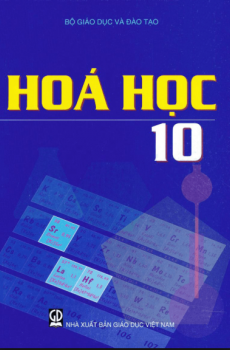A Handbook of Laboratory Glass-Blowing
A Handbook of Laboratory Glass-Blowing
Log in to download this book.
| Publisher | Chưa rõ |
|---|---|
| Accessible book producer | Public domain |
| Published year | 2010 |
| Coppy right | Chưa rõ |
I. Introduction and Preliminary Remarks—General Principles to be observed in Glass Working—Choice of Apparatus—Tools and Appliances
II. Easy Examples of Laboratory Glass-Blowing—Cutting and Sealing Tubes, Tubes for High Temperature Experiments—Thermometer-Bulbs, Bulbs of Special Glass, Pipettes, Absorption-Bulbs or Washing Bulbs—Joining Tubes, Branches, Exhaustion-Branches, Branches of Dissimilar Glass, Blowing Bulbs, A Thistle Funnel, Cracking and Breaking Glass, Leading and Direction of Cracks—Use of Glass Rod or Strips of Window-Glass, Joining Rod, Feet and Supports—Gripping Devices for use in Corrosive Solutions—The Building up of Special Forms from Solid
III. Internal Seals, Air-Traps, Spray Arresters, Filter-Pumps—Sprays, Condensers; plain, double surface, and spherical—Soxhlet Tubes and Fat Extraction Apparatus—Vacuum Tubes, Electrode Work, Enclosed Thermometers, Alarm Thermometers ... Recording Thermometers, "Spinning"
IV. Glass, its Composition and Characteristics—Annealing—Drilling, Grinding, and Shaping Glass by methods other than Fusion—Stopcocks—Marking Glass—Calibration and Graduation of Apparatus—Thermometers—Exhaustion of Apparatus—Joining Glass and Metal—Silvering
V. Extemporised Glass-Blowing Apparatus—The use of Oil or other Fuels—Making Small Rods and Tubes from Glass Scraps—The Examination of Manufactured Apparatus with a view to Discovering the Methods used in Manufacture—Summary of Conditions necessary for Successful
Index








